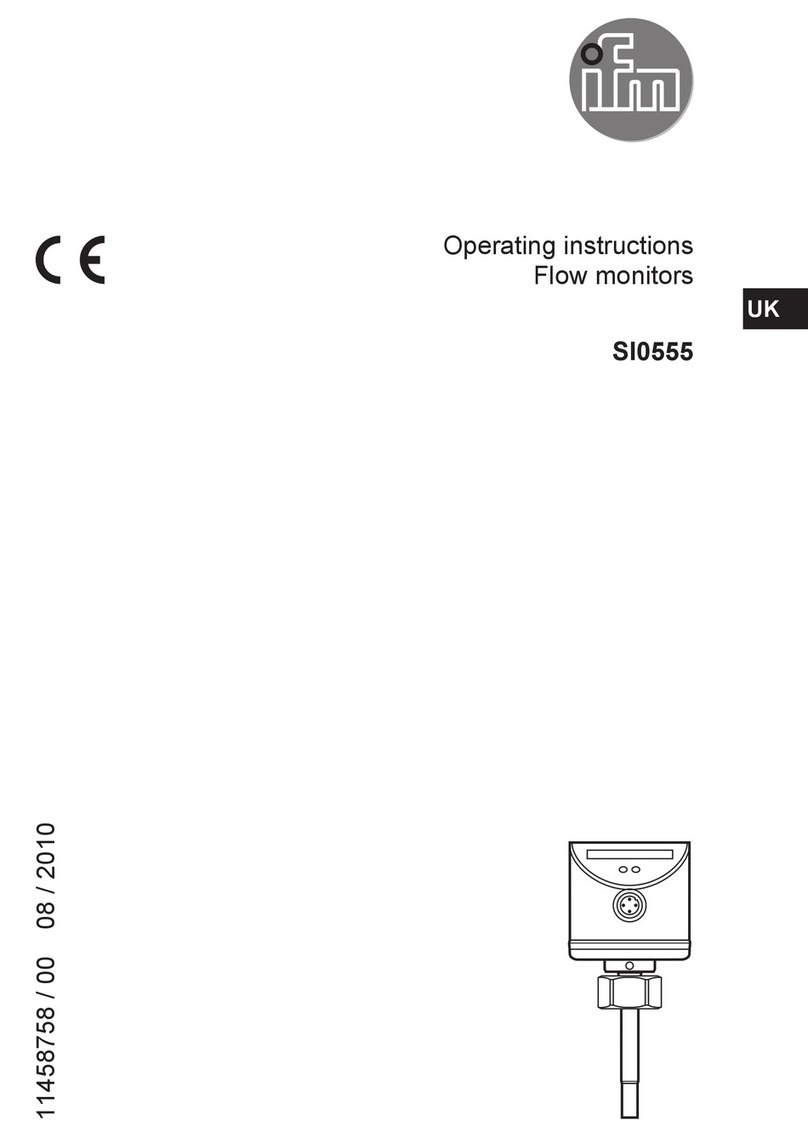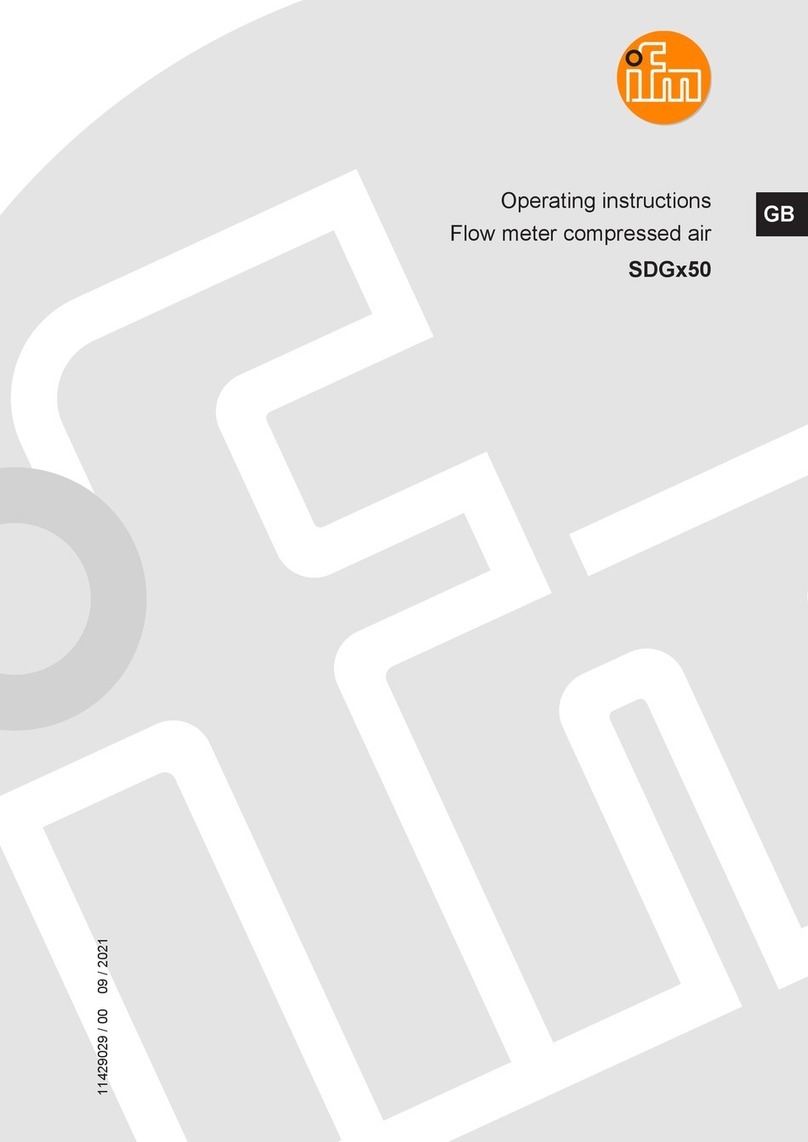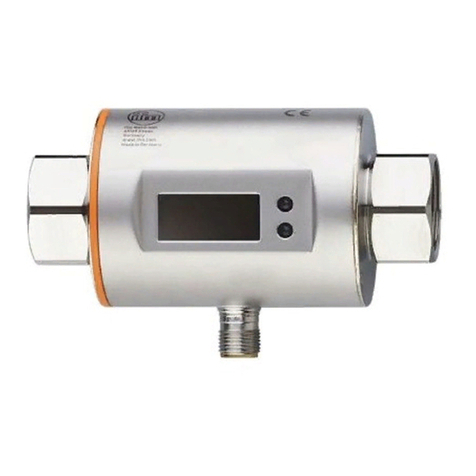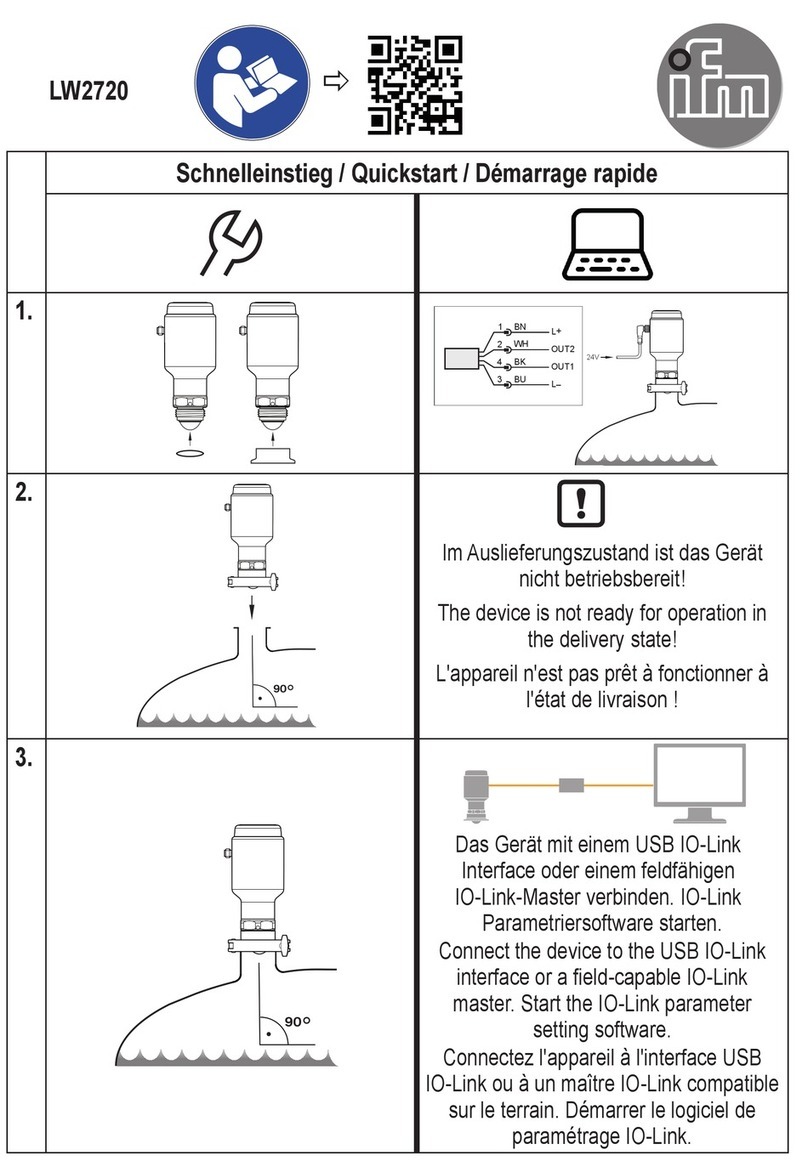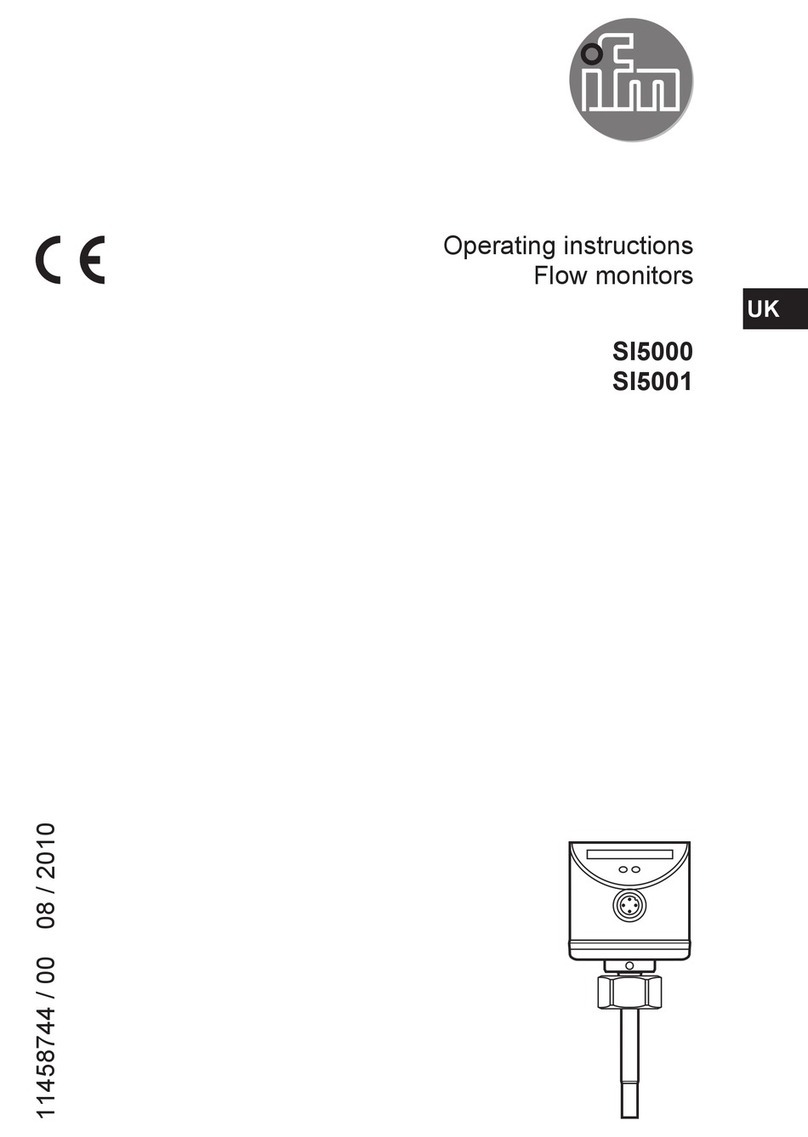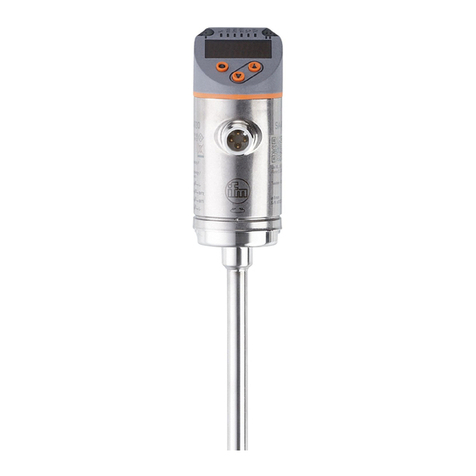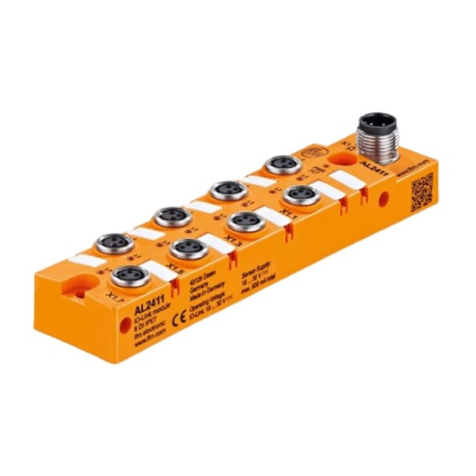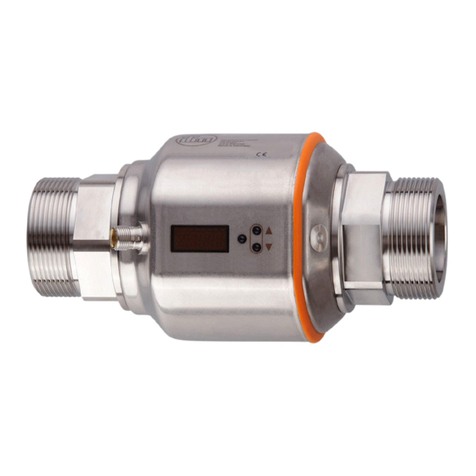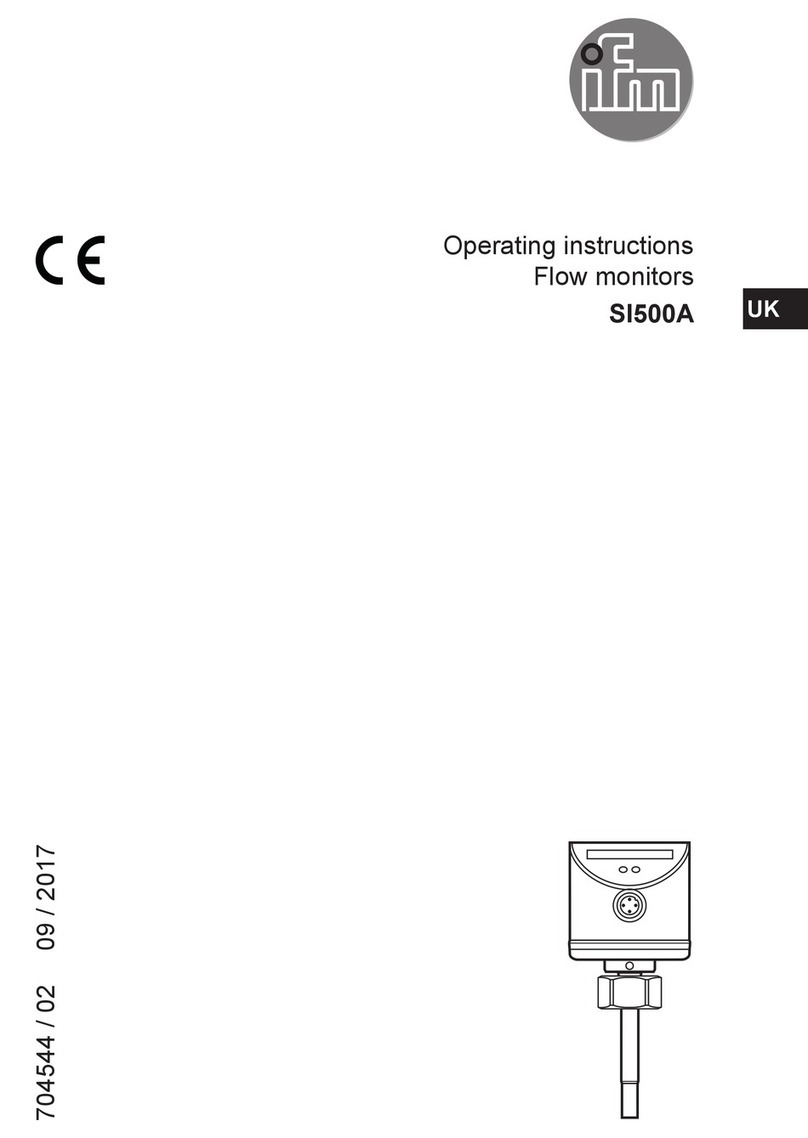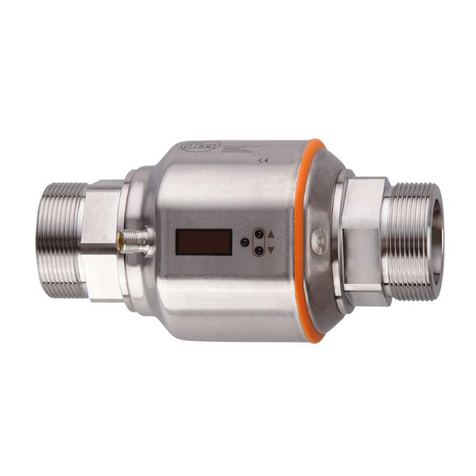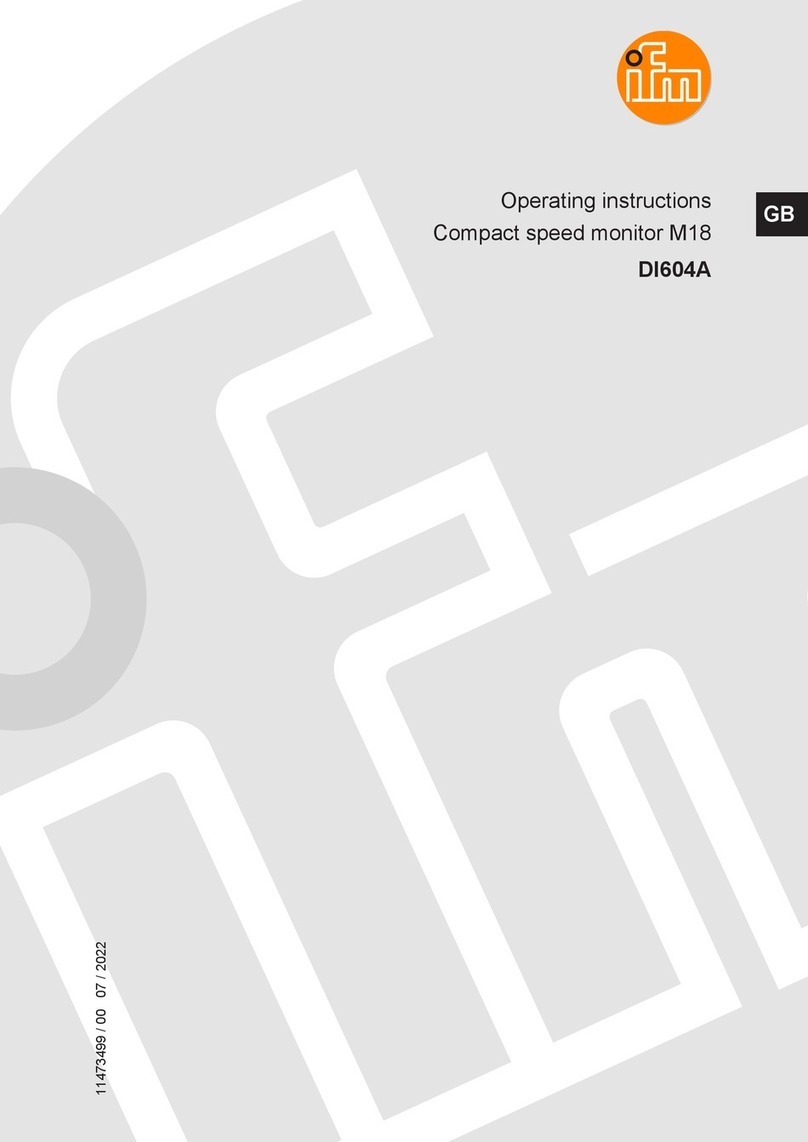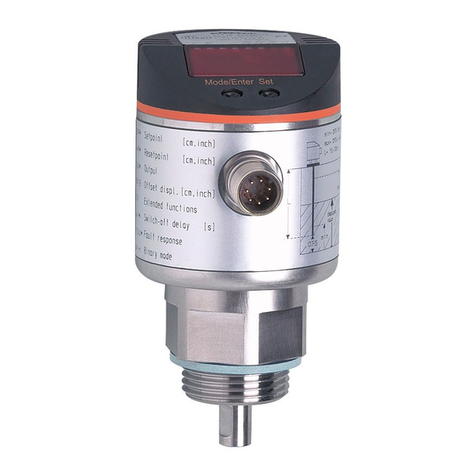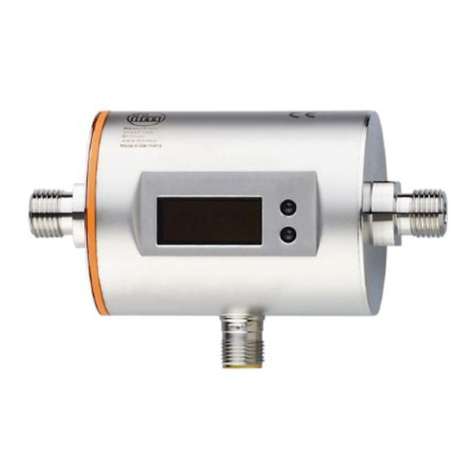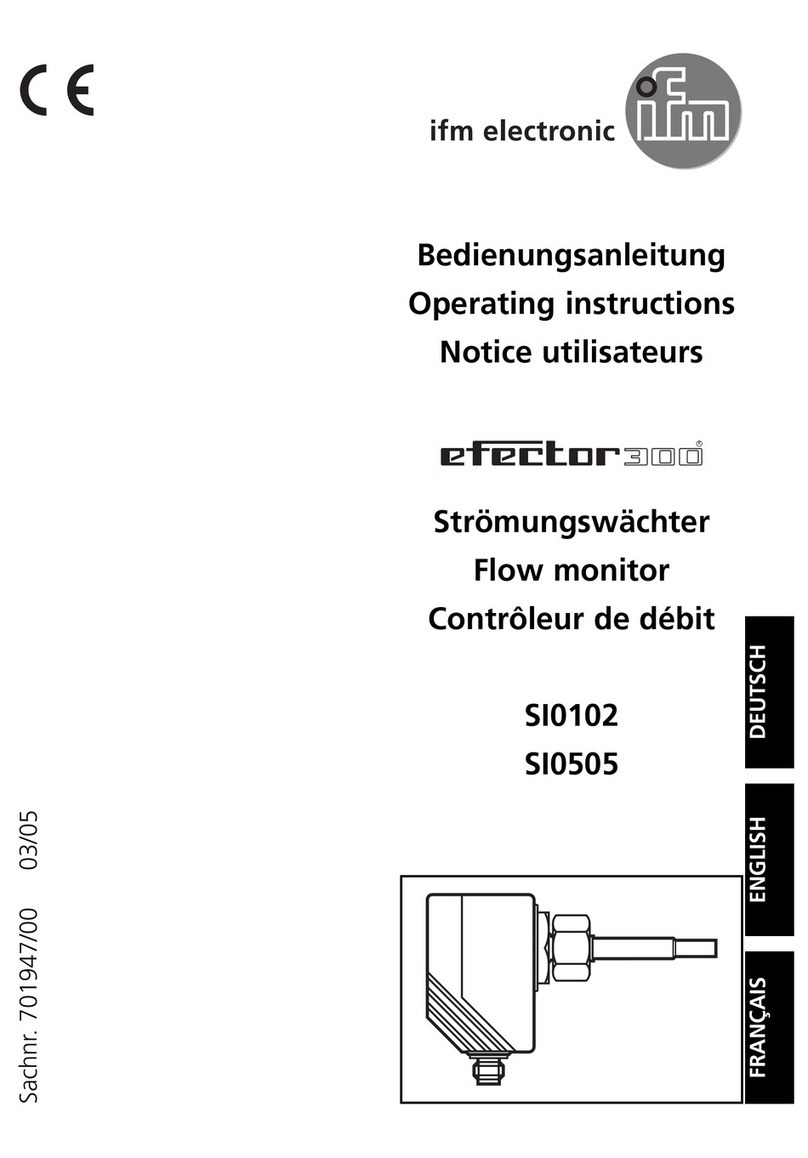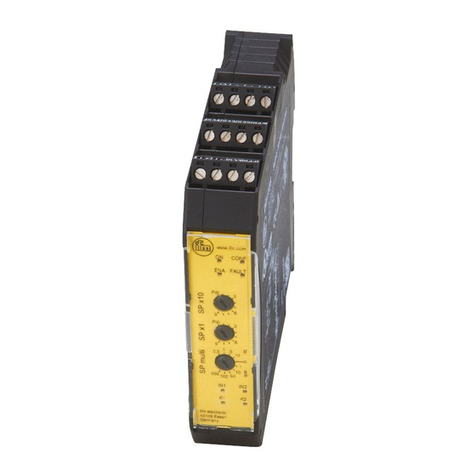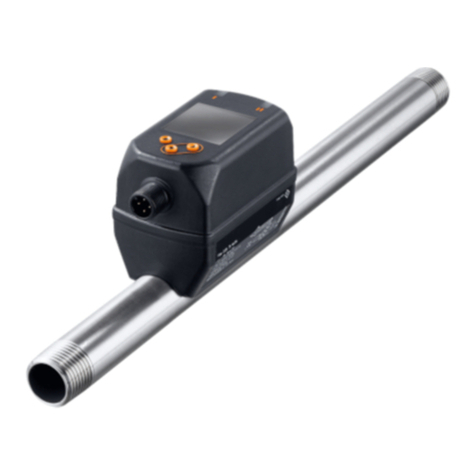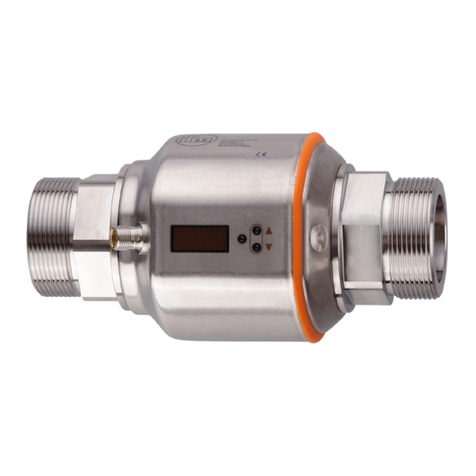2
Contents
1 Preliminary note���������������������������������������������������������������������������������������������������3
1�1 Symbols used ������������������������������������������������������������������������������������������������3
2 Safety instructions �����������������������������������������������������������������������������������������������4
3 Functions and features ����������������������������������������������������������������������������������������4
3�1 Applications ���������������������������������������������������������������������������������������������������4
4 Function���������������������������������������������������������������������������������������������������������������5
4�1 Processing of the measured signals��������������������������������������������������������������5
4�2 Pressure monitoring / switching function �������������������������������������������������������6
4�3 Pressure monitoring / analogue function �������������������������������������������������������7
4�4 Customer-specific calibration ������������������������������������������������������������������������8
5 Installation������������������������������������������������������������������������������������������������������������9
6 Electrical connection������������������������������������������������������������������������������������������10
7 Operating and display elements ������������������������������������������������������������������������ 11
8 Menu������������������������������������������������������������������������������������������������������������������12
8�1 Menu structure: main menu�������������������������������������������������������������������������12
8�2 Explanation of the main menu ���������������������������������������������������������������������13
8�3 Menu structure: level 2 (extended functions)�����������������������������������������������14
8�4 Explanation of the menu level 2 ������������������������������������������������������������������15
9 Parameter setting ����������������������������������������������������������������������������������������������16
9�1 General parameter setting���������������������������������������������������������������������������16
9�2 Configuration of the digital display (optional)�����������������������������������������������18
9�3 Set output signals ����������������������������������������������������������������������������������������19
9�3�1 Set output functions����������������������������������������������������������������������������19
9�3�2 Set switching limits ����������������������������������������������������������������������������19
9�3�3 Scale analogue value for OUT2 ���������������������������������������������������������19
9�4 User settings (optional)��������������������������������������������������������������������������������20
9�4�1 Carry out zero point calibration ����������������������������������������������������������20
9�4�2 Set delay time for OUT1 ���������������������������������������������������������������������20
9�4�3 Set switching logic for OUT1 ��������������������������������������������������������������20
9�4�4 Set damping for the switching signal ��������������������������������������������������20
9�4�5 Set damping for the analogue signal ��������������������������������������������������21
9�4�6 Calibrate curve of measured values ���������������������������������������������������21













